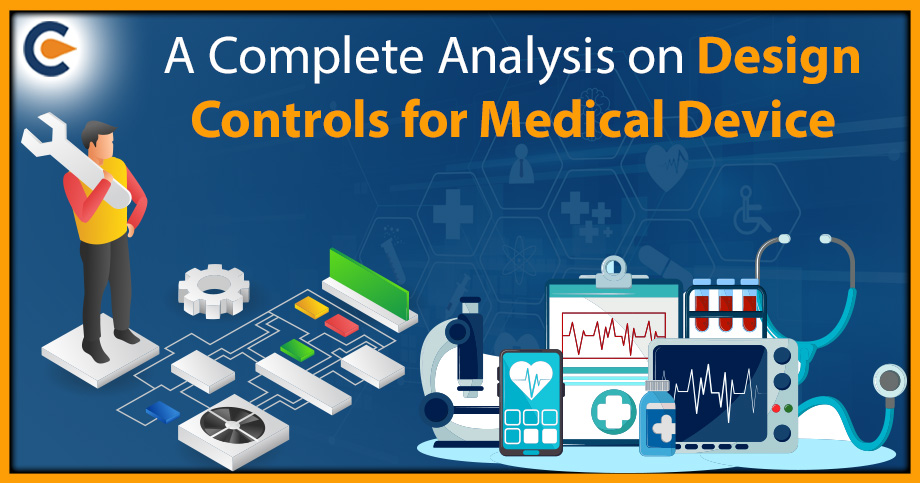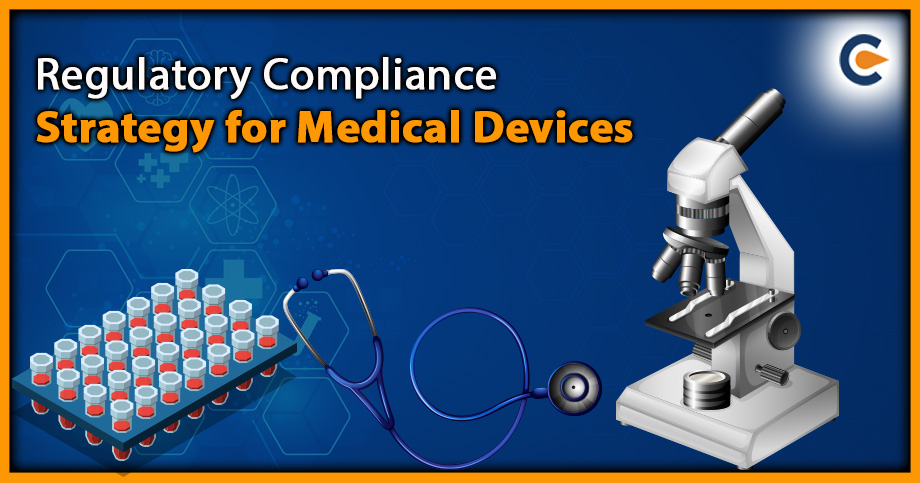Global regulatory organizations want evidence that the medical equipment that is manufactured by the medical industry is both effective and safe to use. The expert must be able to demonstrate that the medical equipment satisfies the needs and specifications of the end user. The foundation of design controls depends on various factors of manufacturing of medical devices. Design control is the quality system regulation that works on the necessary factors on how to manufacture and develop products or medical devices along with all the specifications so that it can serve the common users. In this article we shall discuss details on the topic of the Purpose of design controls, Significance of design controls, Key factors of determining the standards of Design Controls.
What is the Purpose of Design Controls?
Design controls are meant to demonstrate that the medical devices your business manufactures are reliable, effective, and conform to end-user specifications. In many areas where design control standards are generally not required, businesses still adhere to these principles because they understand the ideals behind them. The design control criteria also represent best practices in producing new products.
Importance of Medical Device
The FDA divides medical devices into three classes based on their potential risk: Class I for low risk, Class II for medium risk, and Class III for severe risk. A Class I device could be anything as basic as a bandage, whereas a Class III equipment supports or sustains human life, is crucial to maintaining human health, and bears an unjustifiable risk of disease or injury. All Class II and Class III devices must follow FDA Design Control recommendations, while the majority of Class I devices are exempt. A medical device’s design controls are of great importance and meant to show that it has been:
- Working in accordance with the standards is an effective strategy to sustain the manufacture of safe products that will satisfy customer expectations. Conforming to design control requirements is a regulatory necessity.
- Designed to satisfy inputs and specifications.
- Shown to satisfy the requirements what is required by the client and;
- The medical device satisfies performance standards and solves the purpose of the end user.
Standard of designs for Medical devices
Design of Medical Devices is generally measured in terms of international standards, commonly known as ISO Standards. There are many international standards for managing the quality of medical devices, including ISO 13485 and ISO 14971[1]. Other than these international standards, other standards are particular to certain geographical areas, and all of them are mostly based on and limited to these international standards.
- ISO 13485: 2016– Organization engaged in the design, production, installation and maintenance of medical devices and other related services are intended users of ISO 13485. Additionally, it can be utilized by internal and outside parties including certification organization bodies to support their auditing procedure.
- ISO 14971:2019- The International standard ISO 14971:2019 outlines best practices for risk management systems for medical devices across their entire lifecycle. Every medical device manufacturer may effectively develop a risk management system if they want their company to launch conforming products into the market in a timely and safe manner.
Now let us take a look on the main elements of Design controls which defines the Design controls process are described below:
- Identification of user needs: The initial phase of design control is the determination of user needs phase. Your group will need to identify the proposed medical device’s intended application and usage guidelines in order to satisfy the customer needs. In this stage, you are required to determine your patient population, for which your medical device is proposed to be used.
- Design and Development planning phase: The Design and Development Planning phase is described as follows in ISO 13485:2016: “The organization shall plan and oversee the product’s design and development. As necessary, design and development planning papers must be updated and maintained as work advances. Your team will need to create a plan to get the Design Controls process started that will show design and development activities, emphasize implementation roles, and provide methods for reviewing, documenting, updating, and approving plans as this phase develop
- Design Input and Output: Your team will need to detail the precise specs of your suggested medical gadget during this Design Controls step. You must be clear on the function and functionality of the equipment.Let’s examine that your business intends to produce pacemakers for heart patients. The goal of this treatment is to relieve discomfort relating to heart problems. Its performance needs to be better than that of the items that are currently on the market. In case of device output, it is required to mention all the exact features and specifications relating to the medical device. There must be a relationship between device input and output.
- Design Review: Your team will need to conduct formal design reviews and validate them throughout the Design Controls process. You will have the chance to assess the design specifications of your new medical device during these phases of the design review process. You can be sure that your gadget is on the right track.
- Design Verification: it is necessary to test the new medical equipment in various ways throughout this Design Controls phase to ensure that it has been created correctly. One should be sure enough about its proposed functions that are being carried out during this period.
- Design Validation Phase: This stage signifies that your medical gadget complies with the intended usage and the demands of the user. Instead of employing prototypes, early production units, batches, or lots are used for design validation.
- Design Transfer: In this stage, the medical device will actually begin to be produced during the Design Controls period. The production team henceforth receives accurate transfer of all design information to ensure smooth manufacturing of the medical device.
- Intended Purpose in Design Controls: Intended purpose is a small but comprehensive statement of the user profile which represents the indication of the medical device, patients group, and other critical usage circumstances as intended by the product manufacturers.
What Are The Benefits Of QMS Software For Medical Device Design Controls?
It is noted that using manual paper-based systems to manage each product in production is incredibly time- and labor-intensive and frequently results in the following mistakes:
- Missing records and documentation
- Missing signatures on inspections and approvals of documents
- Reduced traceability and disconnected processes and other relevant difficulties
By integrating Quality Management System (QMS) software at the very onset of the product development cycle, then it may quickly eradicate these issues. In simpler terms, QMS is a cloud-based quality management tool, specifically made to assist businesses accelerating market entry by streamlining design control and several other quality processes.
Conclusions
Thus, it is to make sure that the Design controls of the medical equipment that is being manufactured is secure, effective, and intended for the specified purpose. The various Design Control phases are governed by international laws and standards like ISO 13485:2016. Controlling the design to ensure product safety and that the device can carry out its intended function is necessary for a successful development of medical devices.
Read Our Article: Design Registration And Protection In India













